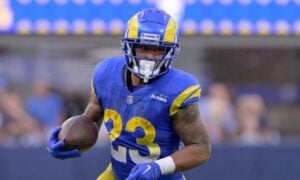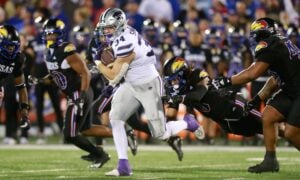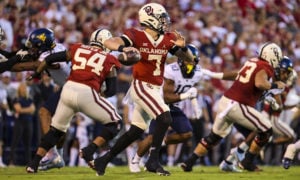Dynasty Rankings vs ADP: Tight Ends on the Waiver Wire
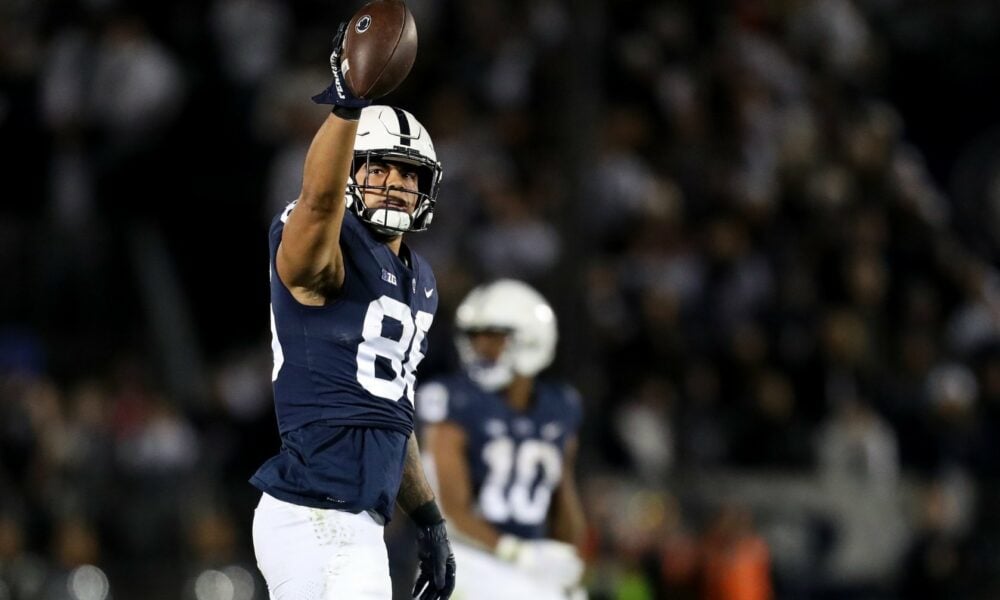
We don’t have much time left – measured in articles at least – before the season is here and I must switch over to writing my in-season series. Ultimately, we have just enough time to round out our waiver wire exploration that we have been looking at recently before doing one more overview of who rankings are highlighting vs ADP at each position more generally. Almost like it was planned.
So, let’s keep it rolling and look at the tight end position on waivers.
You can find links to DLF rankings here and the current superflex ADP here.
The view from 250
First, let’s look at how rankings and ADP compare, at this position, in round 21 (252 players drafted, 250 players ranked.)
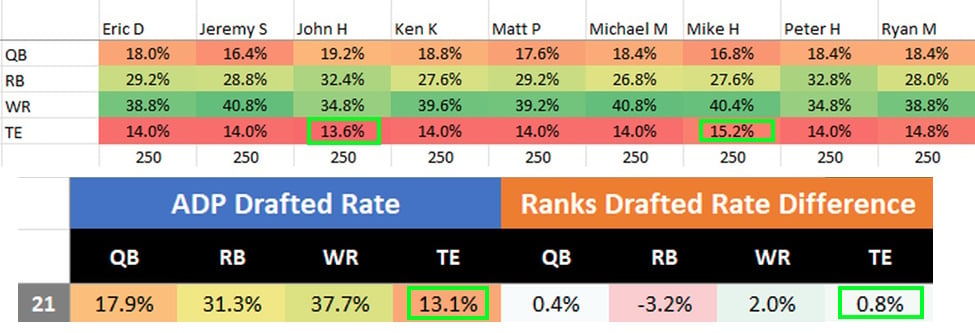
Rankings have about the same rate and number of players drafted at the position. Notably, only two rankers have significant variations: John Hogue and Mike Havens. Both operate on polar opposite ends of the spectrum with John drafting 1% fewer and Mike drafting 1% more tight ends than ADP.
However, rankings and ADP are remarkably similar overall with only marginally, 0.8%, more interest in the position in ranks. This struck me as interesting because of the research on league winners I did last year suggesting that tight ends often offer greater value over expected based on ADP:
When I bucketed the draft rounds, I found that rankings are prioritizing the position a little, but only after round ten, (the 120th rank.)

So, preferring the position later in drafts, and quicker off the waiver wire, is backed up by rankings.
With that being said, let’s see who might be interesting on the waiver wire.
Tight Ends Ranked but not Drafted
There are 11 tight ends ranked by DLF who are currently undrafted in ADP, suggesting they are more likely to be on the waiver wire, or closer to it, but are considered rosterable by DLF rankers.
Only three are ranked by more than one DLF rankers, making the rest, perhaps, anomalies.

Of the three remaining, there’s a pattern of young players – two in their second year one in his first – whom multiple rankers are more willing to take the chance on this year.
Cade Otton, TE TB
A second-year tight end in Tampa Bay, Otton managed 65 targets and 391 receiving yards in 2022, and a 64% reception rate. While the team isn’t projected to have a great year with Baker Mayfield currently listed as the team’s signal caller, the roster still contains a lot of talent that could help move the ball down the field including Mike Evans and Chris Godwin.
If Mayfield can provide something approaching average quarterback play, there is potential in the 6’5” tall, 150-lb sophomore’s range of outcomes.
Jake Ferguson, TE DAL
There is a lot of deeper potential on the Dallas depth chart this year, according to our ADP vs rankings process. But Ferguson might be one of the quieter paths to find it. He’s third in breakout potential in my own formula for the position this season and ranked 32 by consensus between redraft and dynasty. He’s coming off a rookie season with only 22 targets and 174 receiving yards, however, Second-year players are the most common volume and production increases at most positions and seven of our rankers currently think it’s still worth keeping him on the roster entering 2023.
Here are some of my pre-draft profile notes on Ferguson from last year:
“Might be a little underrated … Troy Fumagalli was the last player from Wisconsin drafted at the position, in the fifth round. But Ferguson high a much higher best college dominator at 32% (TJ Hockenson 24%, Noah Fant 26%). His YTMpA was above average compared to his team and conference history. While I don’t have his pro day numbers, what I can find, he may be slightly undersized.”
Turns out he’s 6’5” and 250 lbs, according to the NFL.
Brenton Strange, TE JAC
Strange stuck out to me soon after the NFL Draft. He wasn’t someone I highlight pre-draft and his overall stats didn’t make him hit many lists of rookies to look into. However, second-round draft capital spent on a receiving position was notable enough.
In lieu of a rookie profile, I essentially made a quick version of my rookie process on Strange, and I think this is the first time I’ve found the time to publish it:
Strange played for four years at Penn State, the alma mater of Mike Gesicki and Pat Freiermuth. Unfortunately, he only played more than eight games twice, in 2021 and 2022, but was the team’s leading tight end in those years. Comparatively, Strange was a much smaller part of the Penn State offense, with a 7% and 9% target share, respectively, whereas Gesicki and Freiermuth regularly have double-digit target share and two years over 16%.
He peaked with 32 receptions, 362 receiving yards, and five touchdowns in his final year.
A four-star recruit on his way into college, Strange seems to have developed more of a supporting role while there. Despite being 253 lbs and 75.75 inches tall, he comes in as borderline athletic having ran a 4.7 40 time, giving him a Weight Adjusted Speed Score of 103, slightly below the average of 105 for players with two or more top 12 seasons in the NFL.
He does stand out in one respect, he was remarkably good after the catch.
Strange’s career average YAC/Rec career is 2.8 – this has been a useful stat for finding productive NFL tight ends with below-average college stats. The position average for successful players in YAC/Rec is around 2.2.
Ultimately Strange’s overall production profile, from his aDot to his total receiving stats, is below average and has the tone of a disappointing fantasy but solid real NFL player. However, he does have an interesting size profile, with good enough athleticism and significant draft capital.
- Peter Howard: Dynasty Fantasy Football Superflex Rankings Explained - March 6, 2024
- Dynasty Target and Regression Trends: Week 15 - December 23, 2023
- Dynasty Target and Regression Trends: Week 14 - December 16, 2023






